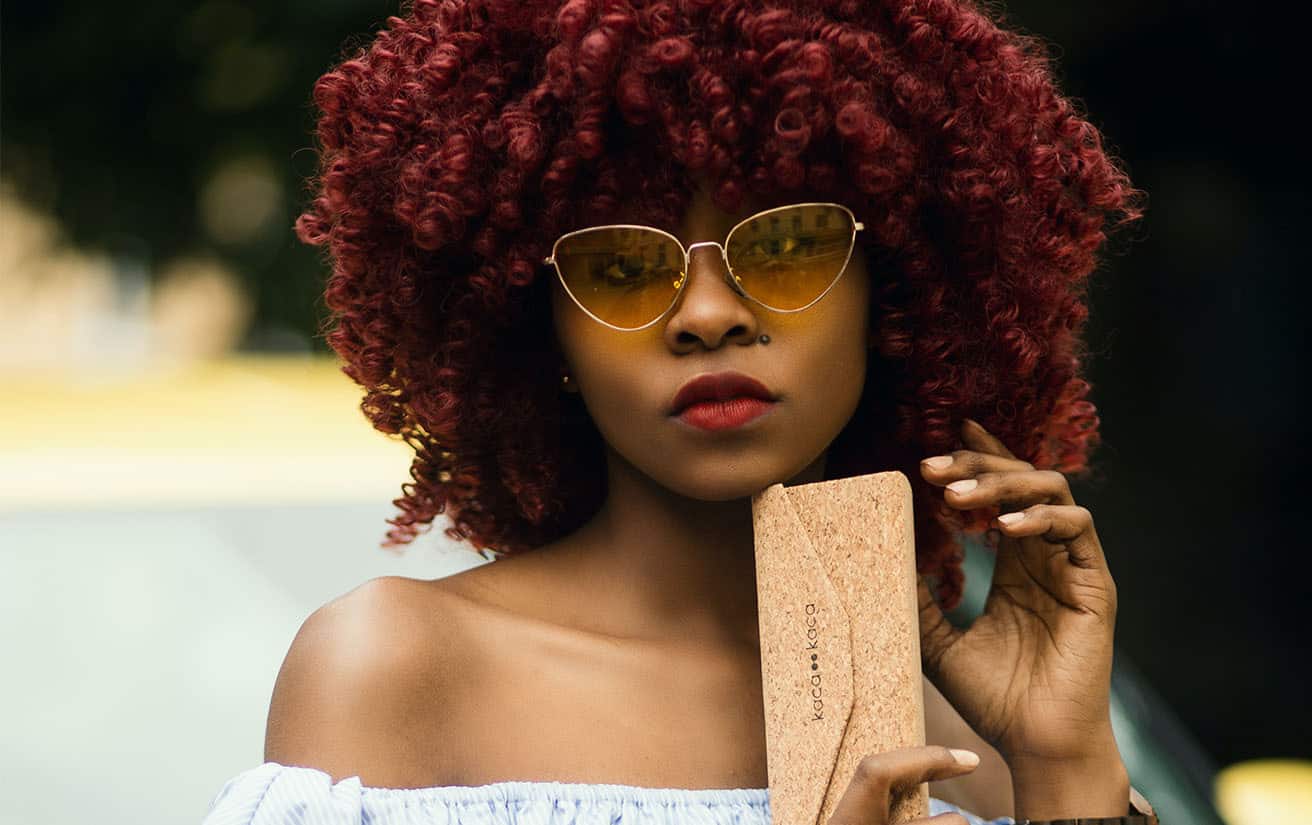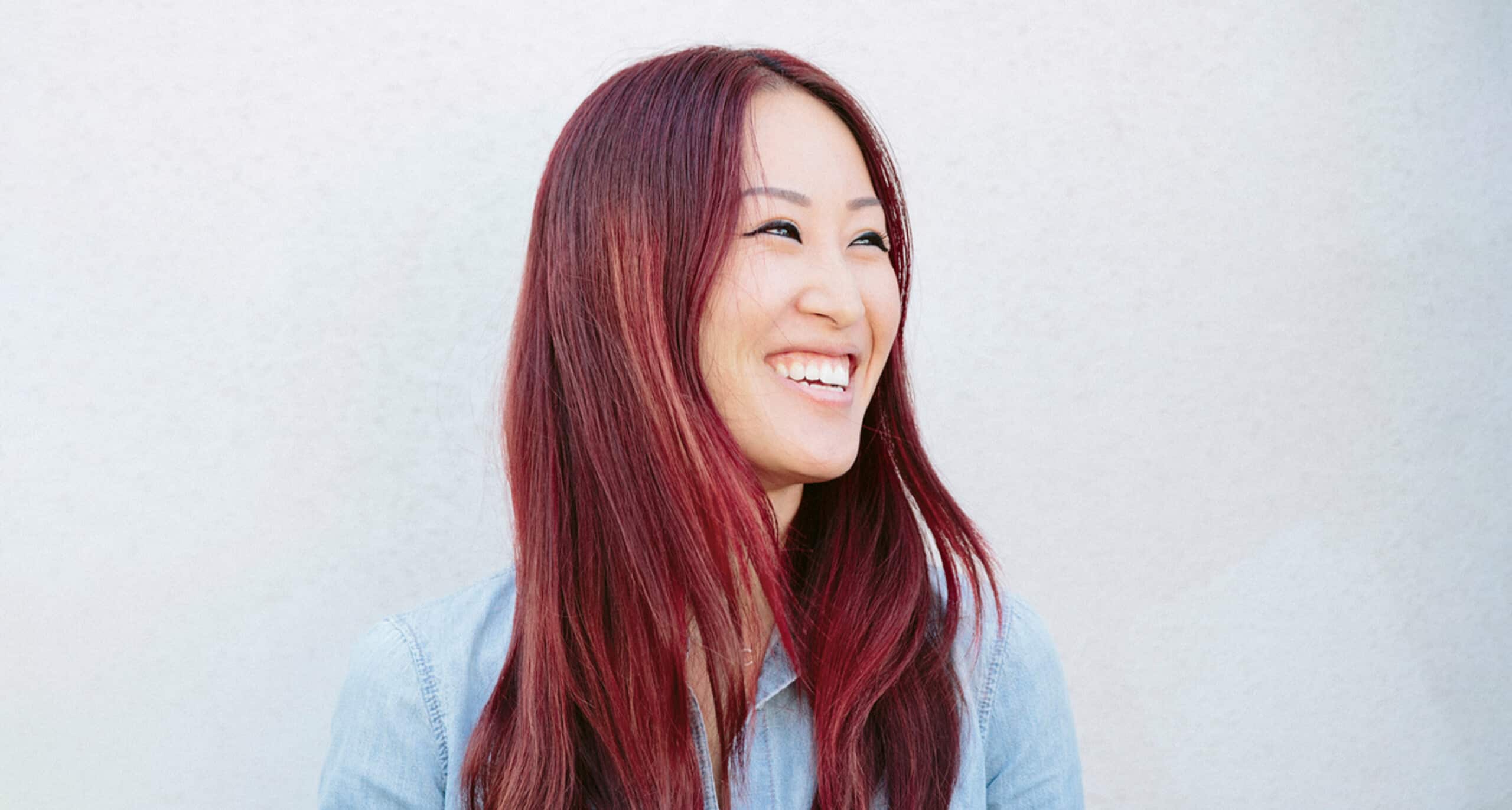Finding the Best Hair Color for Your Skin Tone (Guide + Chart)
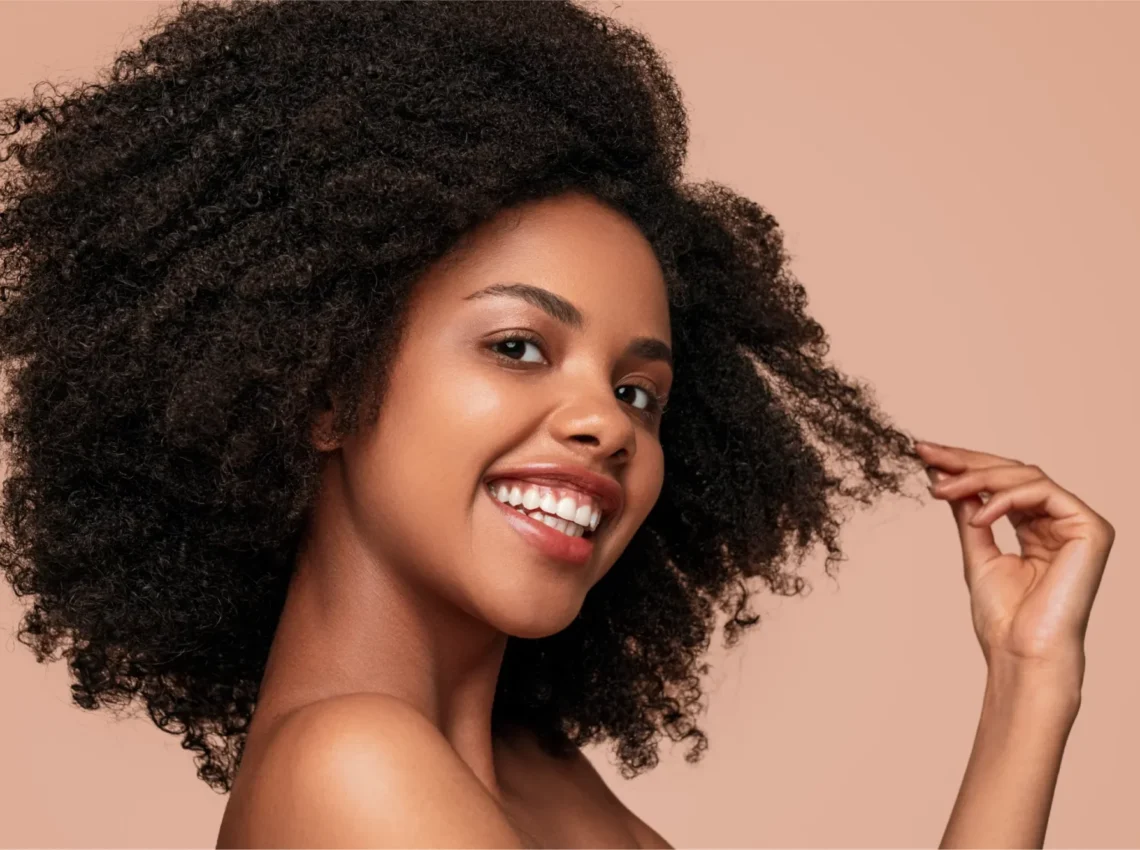
Whether it’s the start of a new season or a brand new chapter in your life, you’ve decided it’s time for a fresh, trendy hair color to really hone in on that “new me” attitude. But how do you choose the right hair color for your skin tone? Is that rich mahogany red going to wash you out?
With thousands of shades to choose from, finding the best hair color for your complexion is easier said than done. Our guide factors in skin coloring and undertones to help you find a shade uniquely tailored to your complexion.
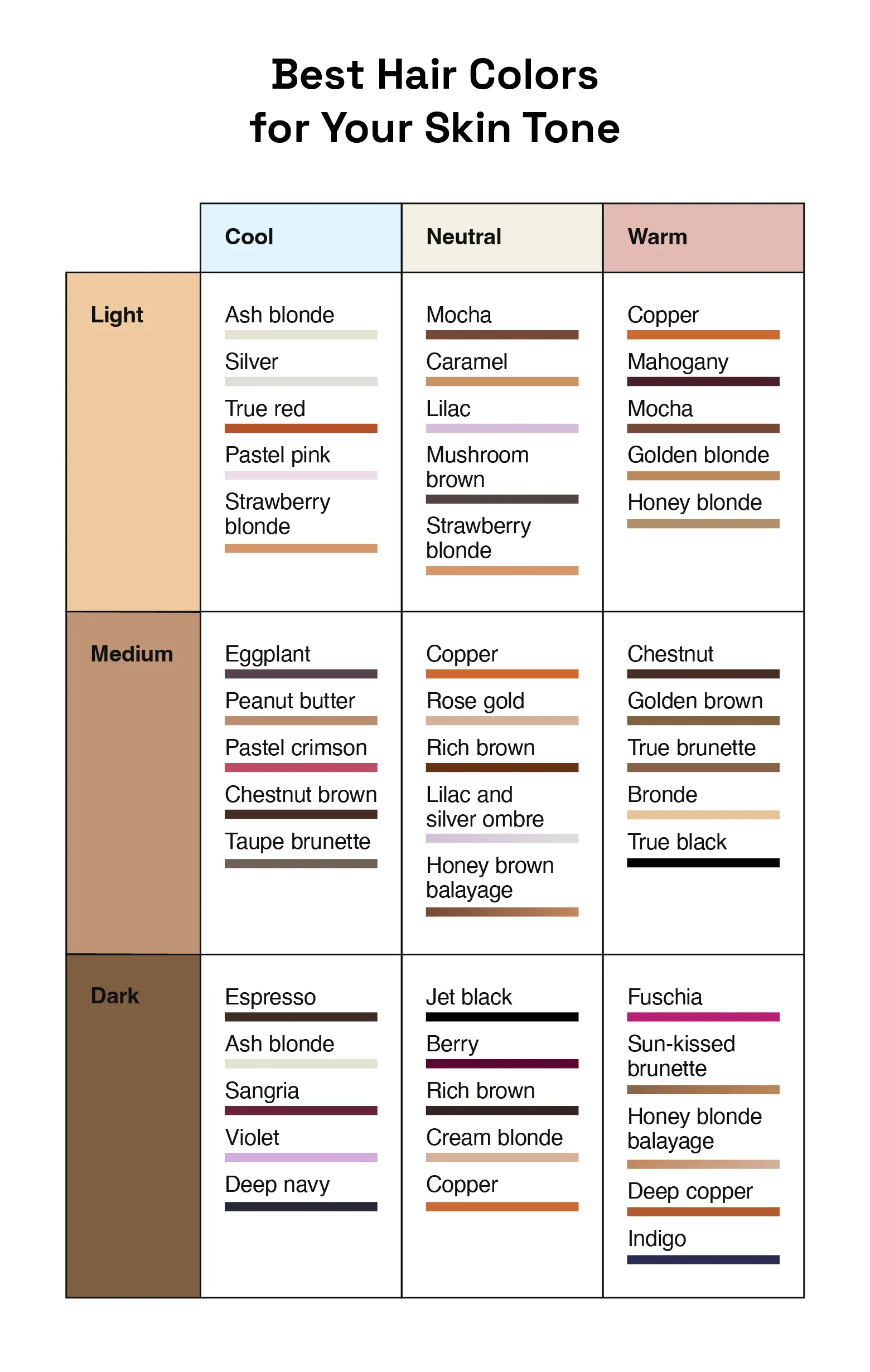
How to find your undertone
It’s fairly easy to tell whether you fall into the fair, medium, or dark skin color category — but knowing your undertone is a different story. Skin tones refer to the surface color of your skin that can change depending on sun exposure, whereas undertones are the subtle hue beneath the surface of your skin that never changes.
Everybody’s undertone falls into one of three categories:
- Cool undertones: Skin with cool undertones has hints of red and blue.
- Neutral undertones: Skin with neutral undertones has hues that are roughly the same color as your actual skin.
- Warm undertones: Skin with warm undertones have hues ranging from peach to yellow and golden.
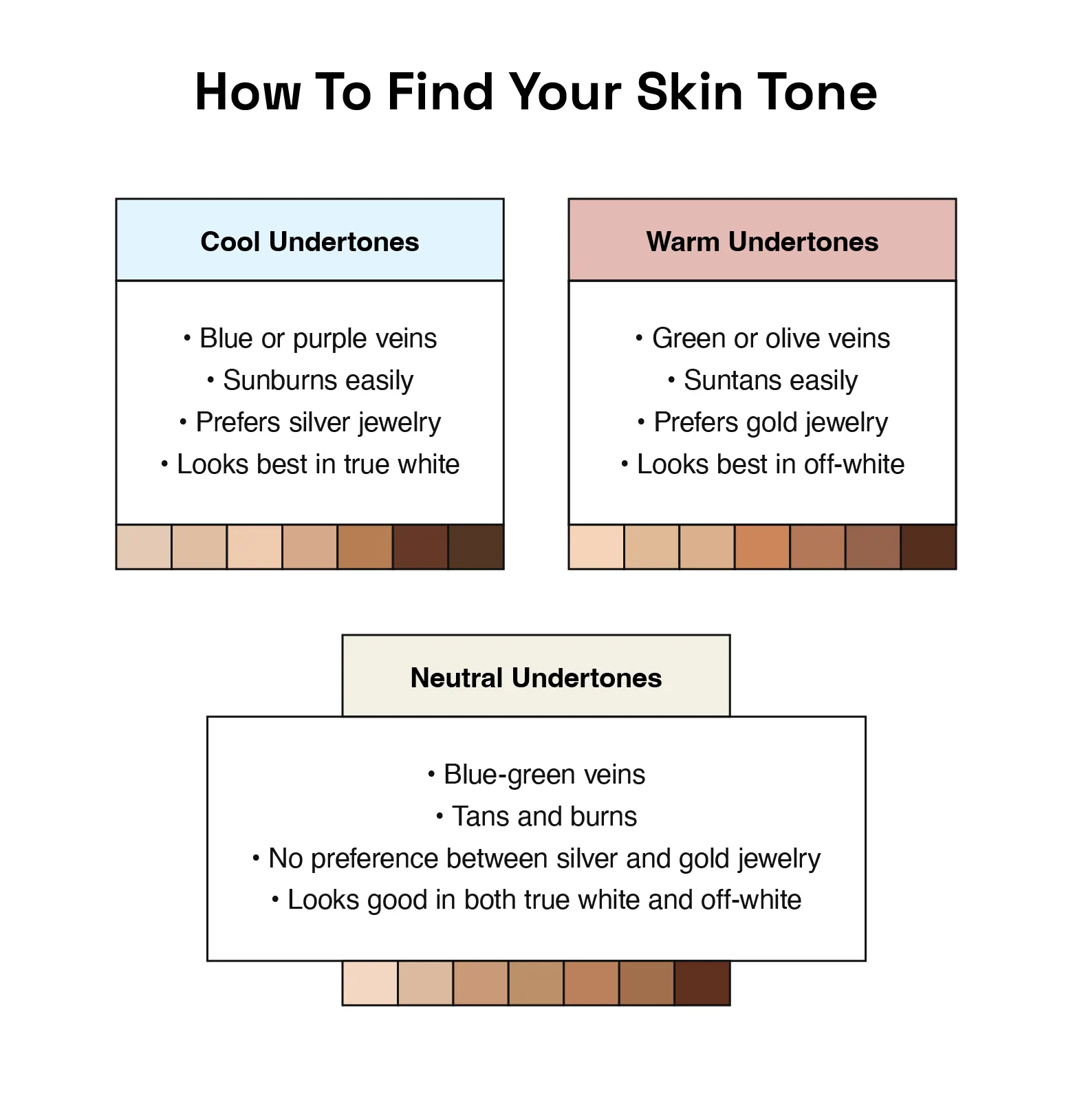
If you’re not sure whether you have cool, neutral, or warm undertones, give one of these methods a try.
The tan test
Think about the last time you got some serious sun. Did your skin turn bright pink in defiance? Or did you walk away with a bronzed complexion?
How your skin reacts to the sun can help you determine whether you have cool or warm undertones. If you sunburn easily, you most likely have a cool undertone, whereas if you tan quickly, it’s likely you have warm undertones. If you tan and burn, you may have neutral undertones.
Vein coloration
Take a look at the inside of your arm and find your veins. Do they appear more blue or green? Or maybe a nice teal color?
- If your veins appear more blue, you’re cool-toned
- If your veins appear more green, you’re warm-toned
However, if the color is somewhere between blue and green, you’re likely neutral-toned. Veins are easier to see on pale skin — if you can’t see your veins, try one of the other methods listed.
Gold vs. silver jewelry
If you like to rock the occasional bracelet stack or hoop earrings, chances are you have a preference between gold vs. silver jewelry. Believe it or not, this decision was largely influenced by your skin tone.
People who prefer gold jewelry tend to have warm undertones, while the opposite is true for those sporting silver pieces. If mixed metals look amazing on you, you may be neutral-toned.
It’s important to note that personal taste, fashion, and budget also influence what type of jewelry you enjoy wearing — this test isn’t foolproof, but it’s a good indication of your skin tone.
The white T-shirt test
Like jewelry, the shade of white tee you gravitate toward is a good attestation of your skin tone. Crisp, true white looks best on those with cooler undertones, while creamy off-white hues complement warmer tones. If you can’t decide whether cool or warm shades of white look better, you probably have neutral undertones (and a lot more shirts to choose from).
Again, personal taste may skew your results. You may want to pair this method with one or two others to ensure your undertone is correct.
Best hair colors for cool undertones
When it comes to choosing the best hair color for your skin tone, you’ll find that like often pairs with like. In this case, hair colors in cool shades like ashy blonde, blue-black, and true red will look amazing on those with cooler complexions.
While you can manipulate warmer colors to suit your skin tone, you’ll want to avoid colors that have a golden or orangey hue, like honey blonde. These shades can wash you out.
Fair skin + cool undertones
For those rocking porcelain complexions with pink or blue undertones, you’ll want to stick with light, ashy hair colors. However, your complexion is also the perfect canvas for fun fantasy colors like baby blue and pastel pink!
Unless you’re going for peak drama, avoid hair colors that are too light or too dark. True white or jet black hair on fair-skinned models may look great in magazines, but once the bright studio lighting is removed, chances are they look washed out or overwhelmed by their color choice. If you’re looking for contrast, try a smokey shade of brown with lowlights or a rich red.
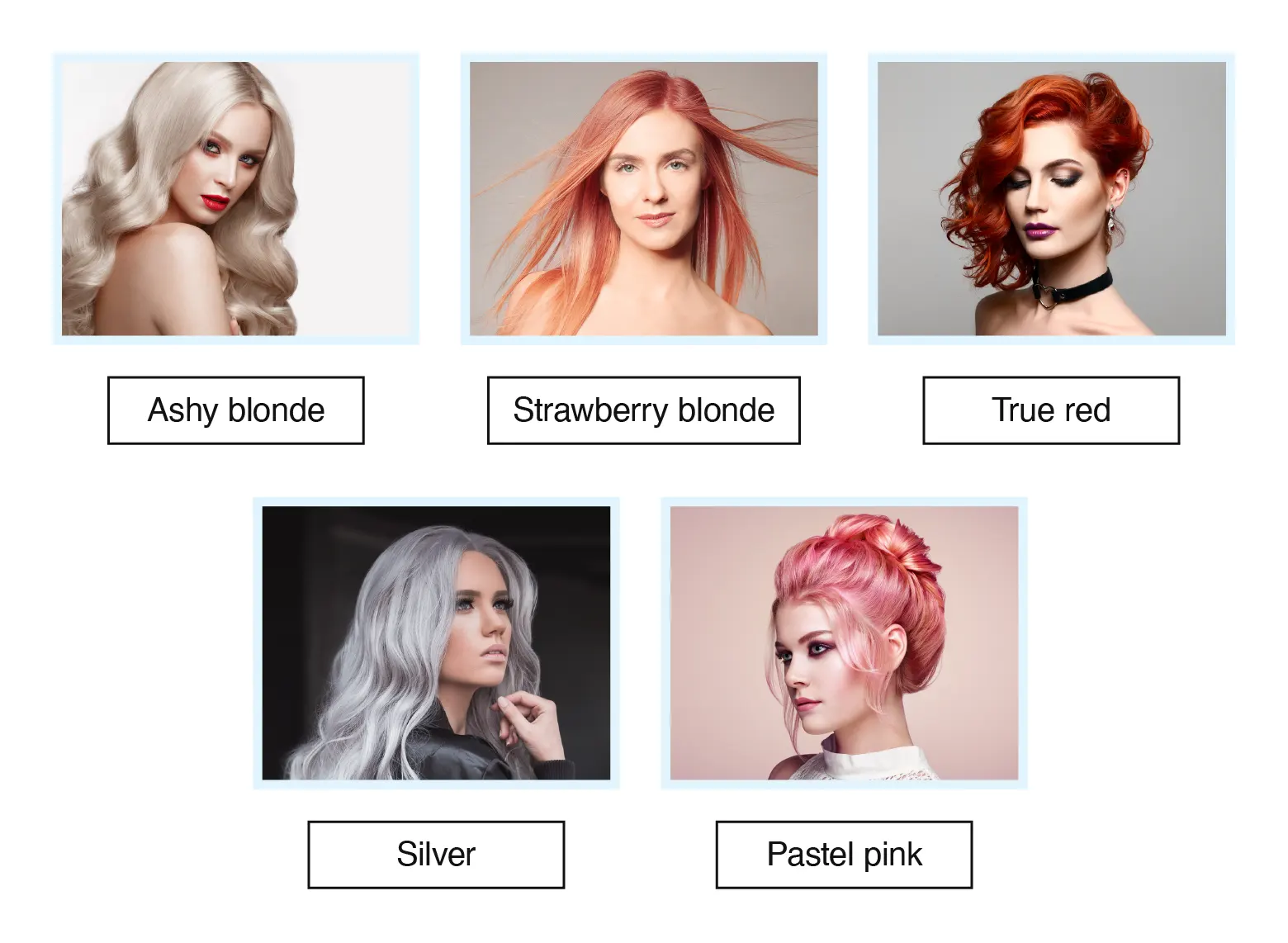
Medium skin + cool undertones
If your cool complexion is somewhere between pale and dark, opt for colors like cool red, plum, or even burgundy. Deep colors with hints of blue and purple will accentuate your skin’s blue and red undertones in the best way.
If you’re considering a more natural shade, you can’t go wrong with chestnut brown or peanut butter blonde. The trick is to add dimension to your shade — ask your stylist for cool-toned highlights or lowlights to keep your skin from looking blanched.
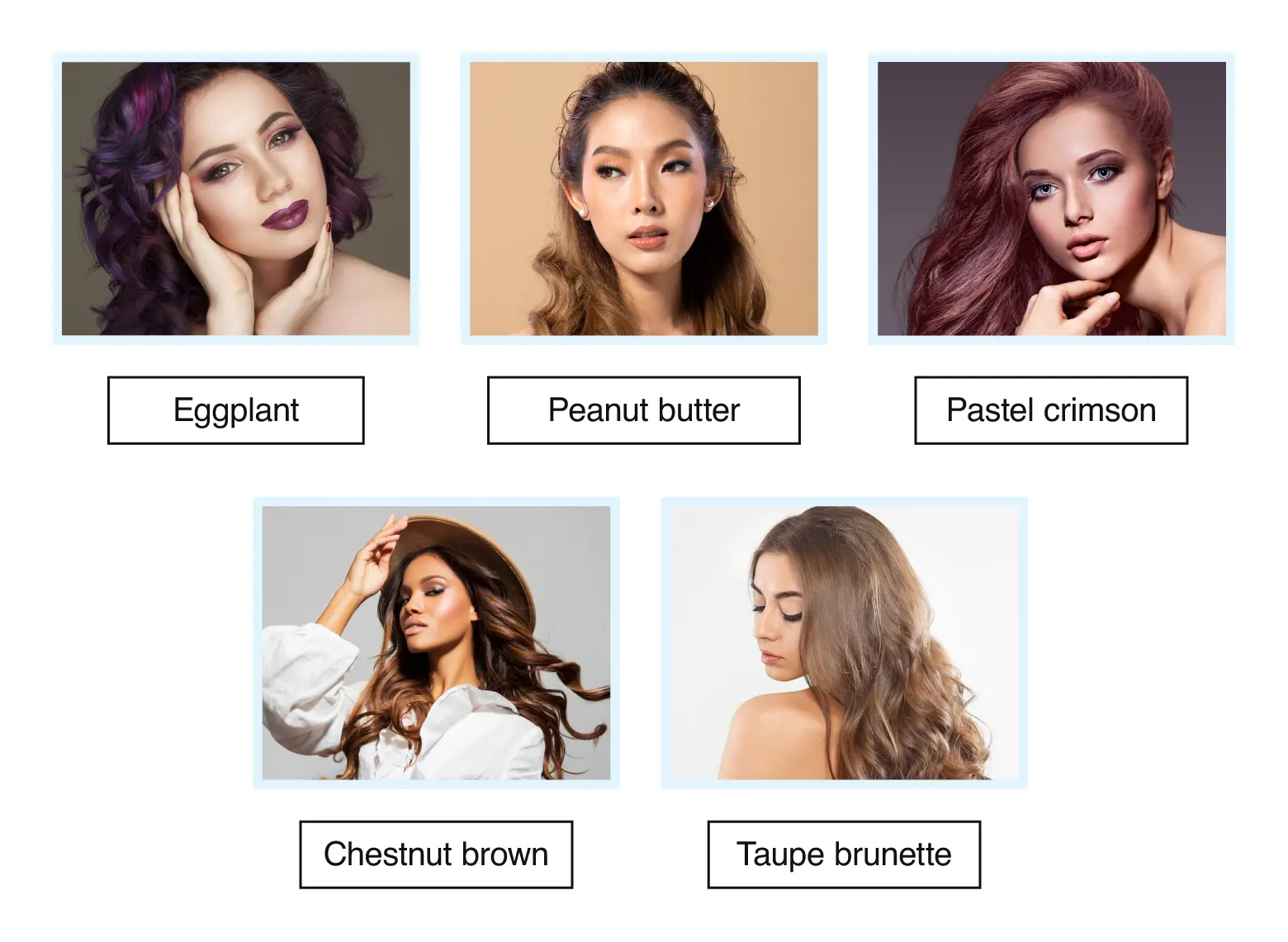
Dark skin + cool undertones
When it comes to dark skin with cool undertones, the bolder the hair color, the better. Jewel-toned purples, shades of navy, icy blondes, and even rich burgundy can really make deep complexions pop.
Honey blondes or warm coppers won’t serve your cool-toned skin, so avoid brassy shades that’ll clash with your coloring. And if you’re working with naturally curly hair, ask your stylist how bleach may affect your overall texture before setting off the blonde bomb.
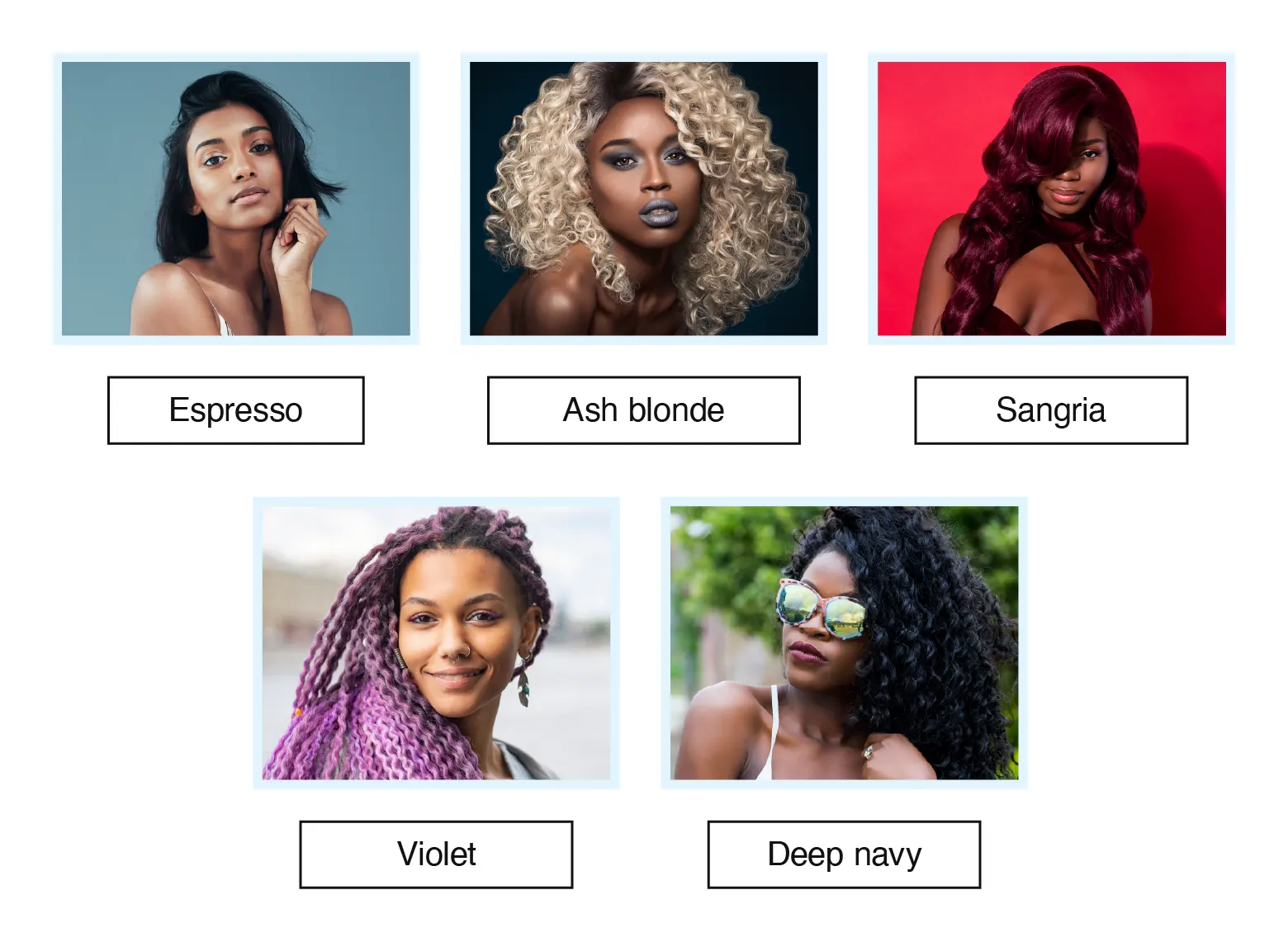
Best hair colors for neutral undertones
Those with neutral undertones are blessed with the ability to pull off virtually any hair color. Because this tone is a blend of both cool and warm hues, you won’t have to worry about a shade washing you out or overwhelming your features.
Still, there are a few hair colors that’ll really stand out when paired with a neutral complexion.
Fair skin + neutral undertones
Both cool- and warm-toned hair colors look amazing paired with fair neutral skin tones. However, we recommend leaning toward a warmer shade to add radiance to your complexion. Strawberry blonde, mushroom brown, and rich chocolate are all stunning shades to complement pale skin tones.
If you’re looking to make a statement with your hair color, you pretty much have the pick of the fantasy shade collection. Our suggestion: Try a multi-colored look with vibrant shades like red and orange or lilac and ash. If you’d like to try a color before fully committing, see if it comes in a demi-permanent formula. If you don’t love it, no worries — it’ll wash out in about six weeks.
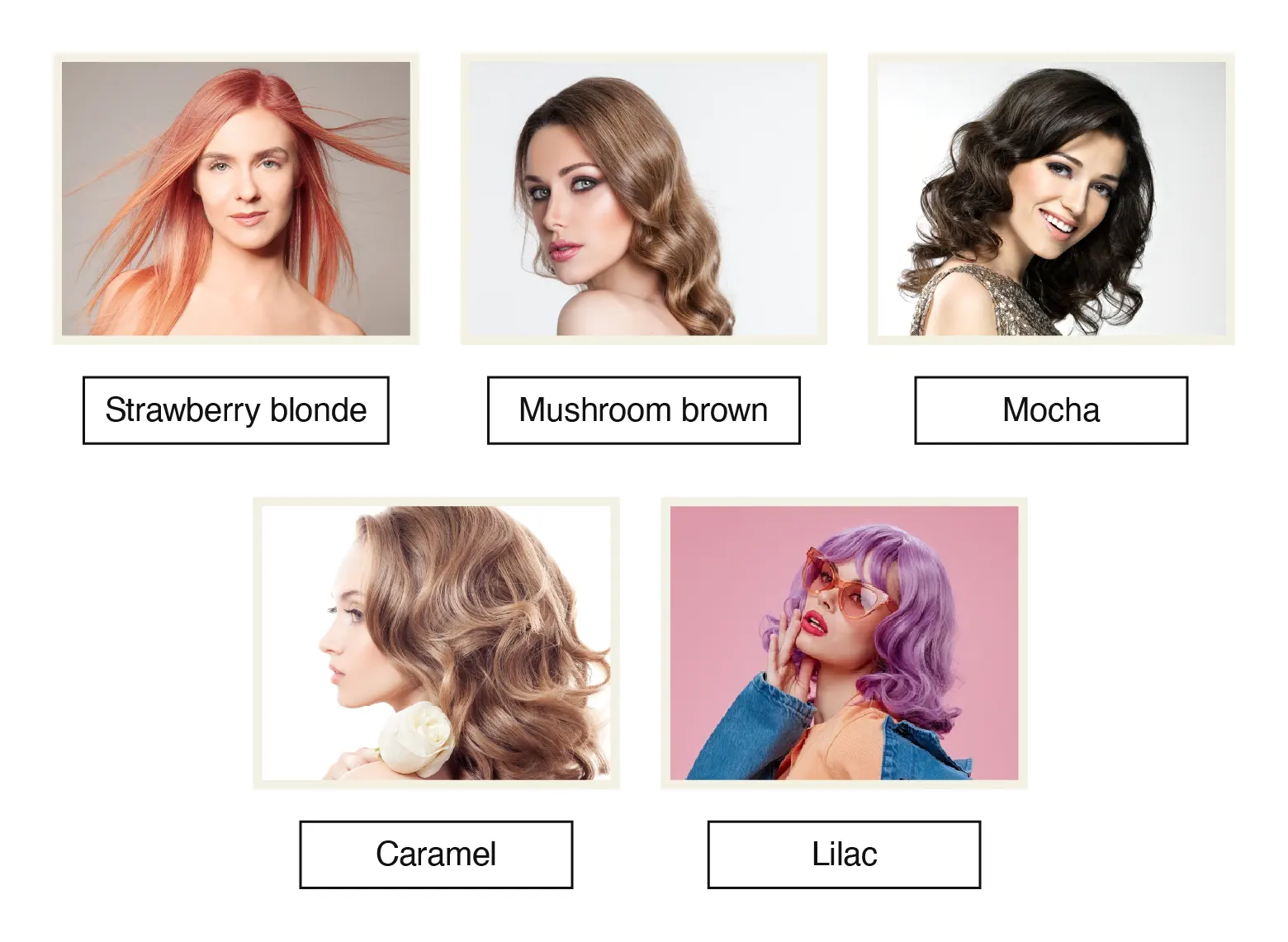
Medium skin + neutral undertones
Again, most hair colors look beautiful paired with neutral medium skin. But no matter the color you choose to go with, consider adding max dimension with a balayage, ombré, highlights, and/or lowlights. You can’t go wrong with classic combinations like amber chocolate and dark brown or soft beige and ashy blonde. Brass tones like copper and rose gold will also help bring out the warmth in your skin.
Ask your hairstylist for a personalized recommendation, and don’t be afraid to try a new look!
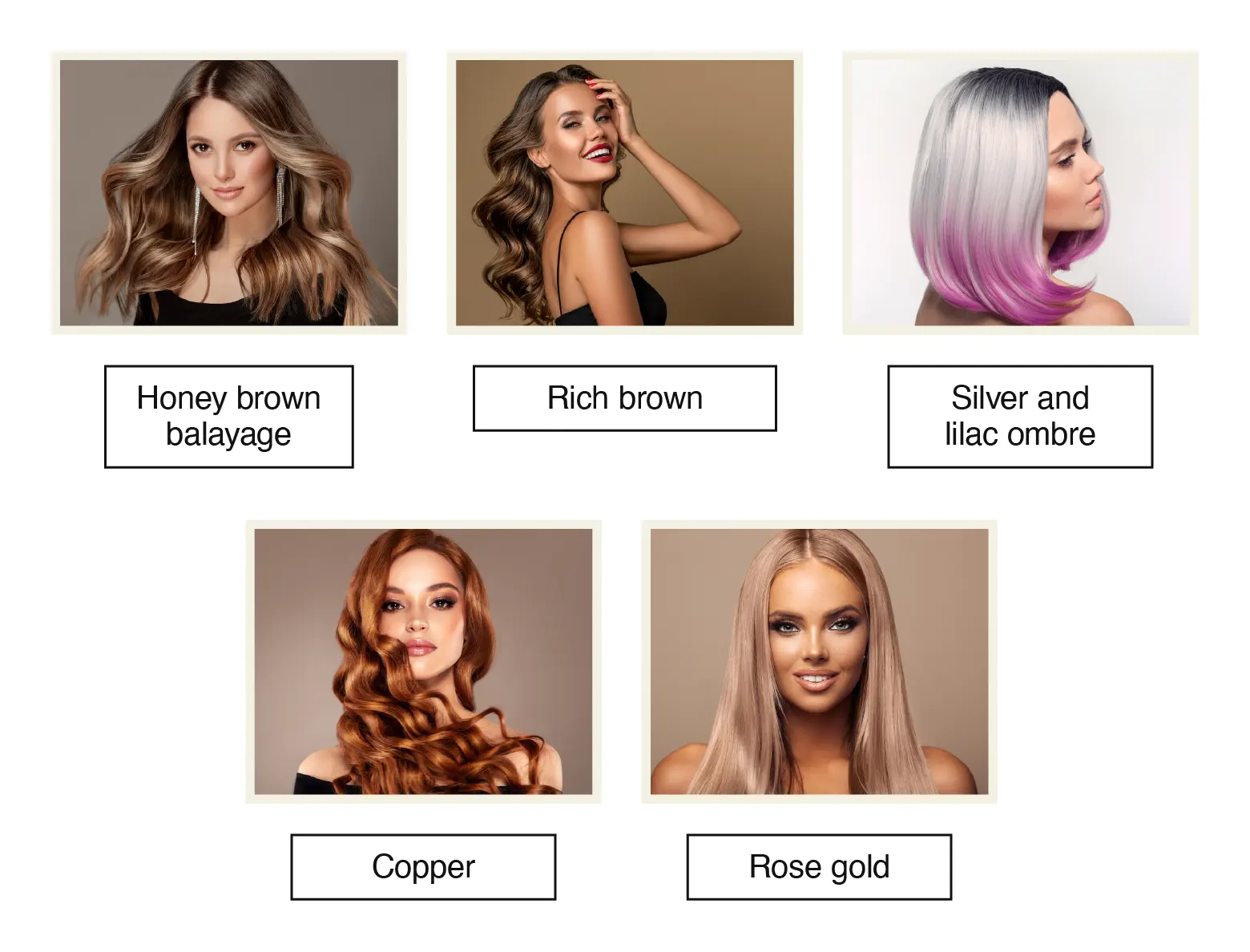
Dark skin + neutral undertones
From merlot-inspired burgundy red to the brightest bubblegum pinks, there isn’t a color individuals with dark neutral skin can’t pull off. Our advice? Have fun with it, but pay special attention to how your hair can add contrast and dimension to your complexion.
If your skin is chocolatey brown, a similar hair color may make you look two-dimensional. If you want a natural color, choose one that’s one to two shades lighter or darker than your skin tone — and don’t forget the highlights and lowlights!
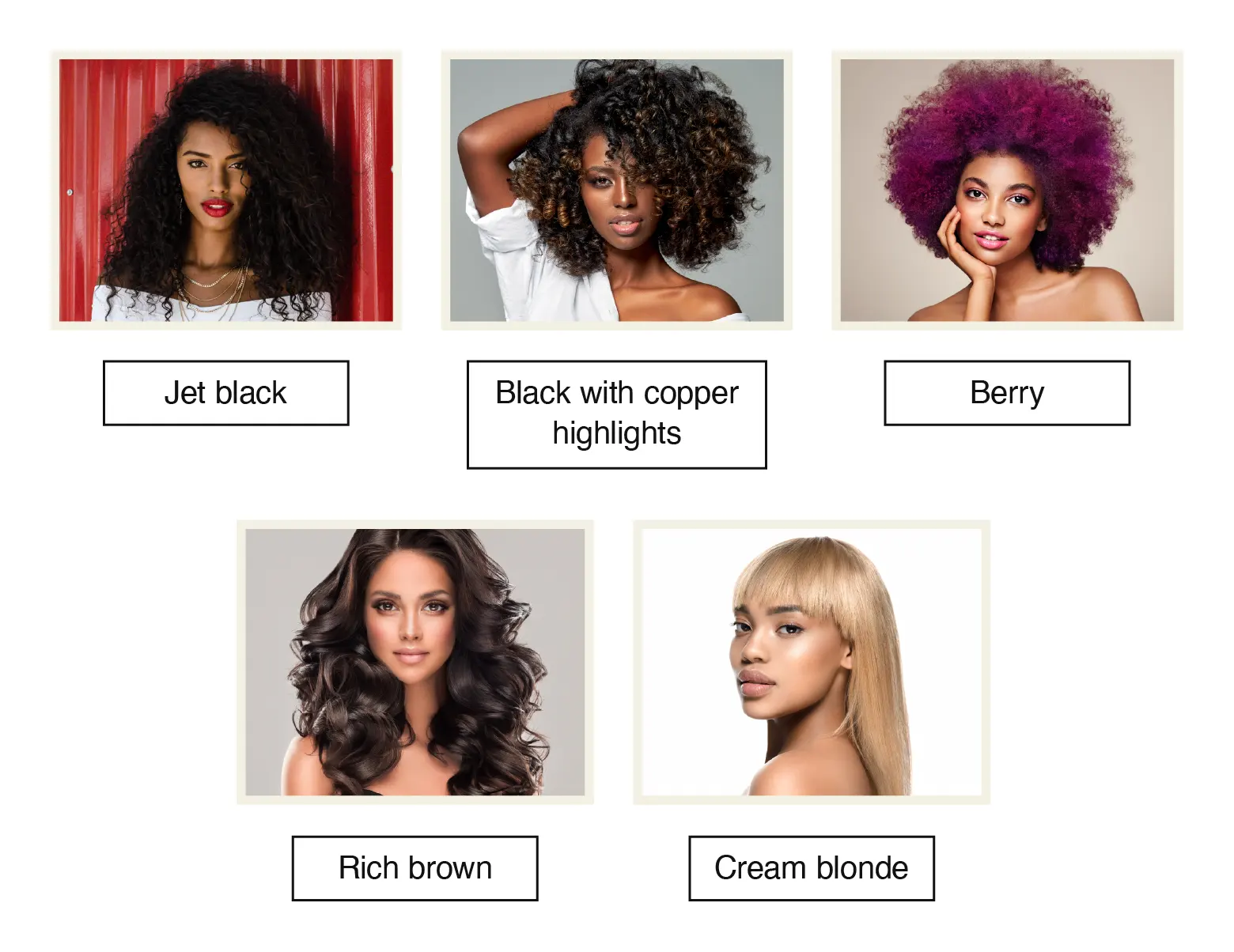
Best hair colors for warm undertones
Just like cool hair shades suit cool complexions, those with warm undertones will want to seek out hair shades with warm hues. Hair colors like caramel, copper, and chocolatey brunette will accentuate your skin’s golden yellow hue, adding a radiant, youthful glow to your look.
Hair colors with icy, ashy, or blue tones tend to wash out warm skin, making it appear green or even gray. However, if you have your heart set on that trendy silver-gray style, your hairstylist may be able to manipulate the hue and create a color perfect for you.
Fair skin + warm undertones
Golden copper, rich red mahogany, mocha brown, and golden blonde are our top picks for those with fair skin and warm undertones. All these shades have warm, dynamic undertones that’ll add dimension and visual interest to your overall look.
For those wanting to stand out even more, bright, warm colors like fiery red or violet will add eye-catching contrast to pale complexions.
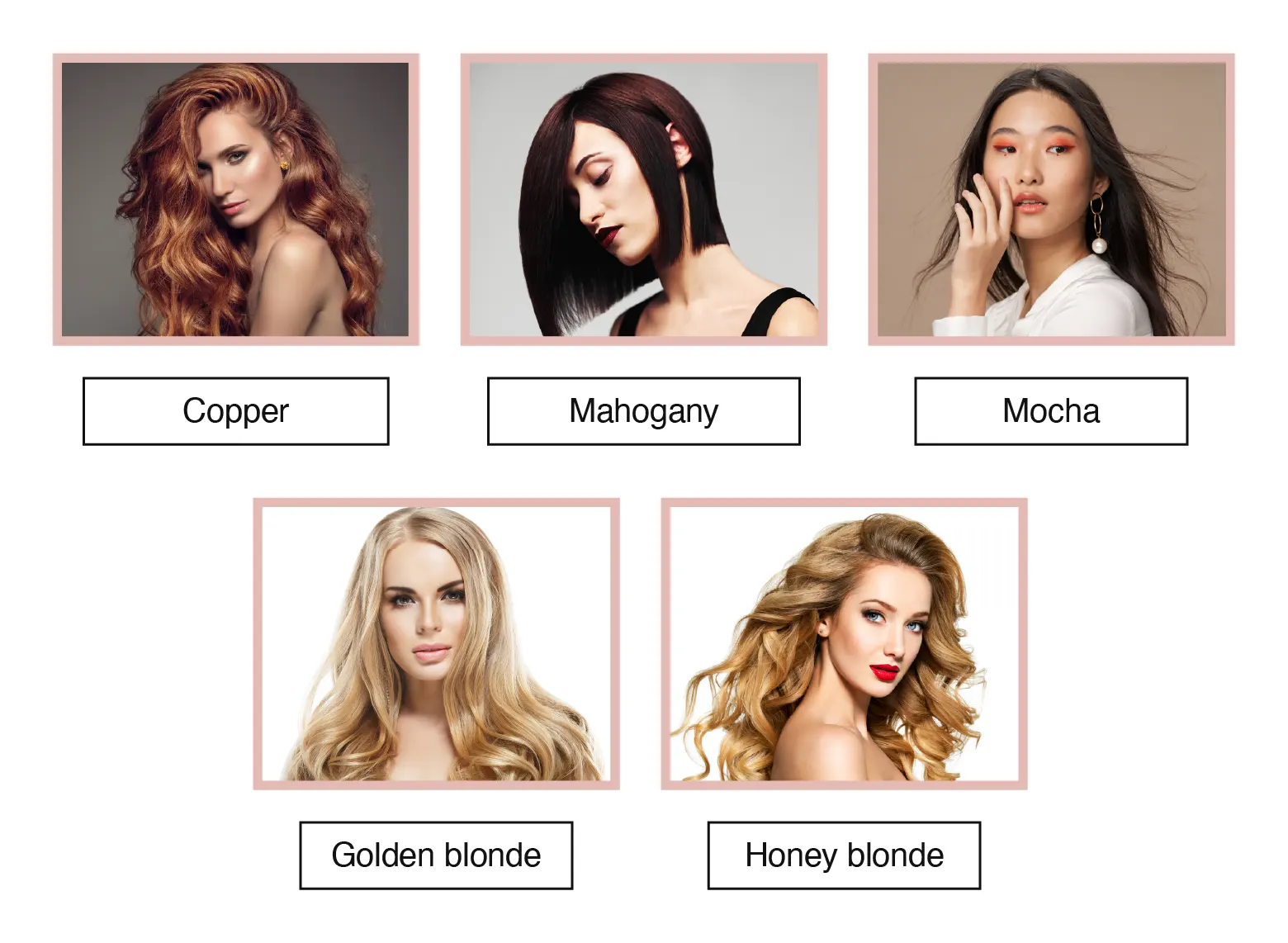
Medium skin + warm undertones
Those with warm medium skin have less risk of being overwhelmed by dark, dramatic colors — this is where rich, golden brunettes and blacks truly shine.
The best hair colors for these individuals lean toward natural shades of mocha and chocolate, but highlights, lowlights, and balayage blending techniques can add some much-needed zest to one-dimensional colors.
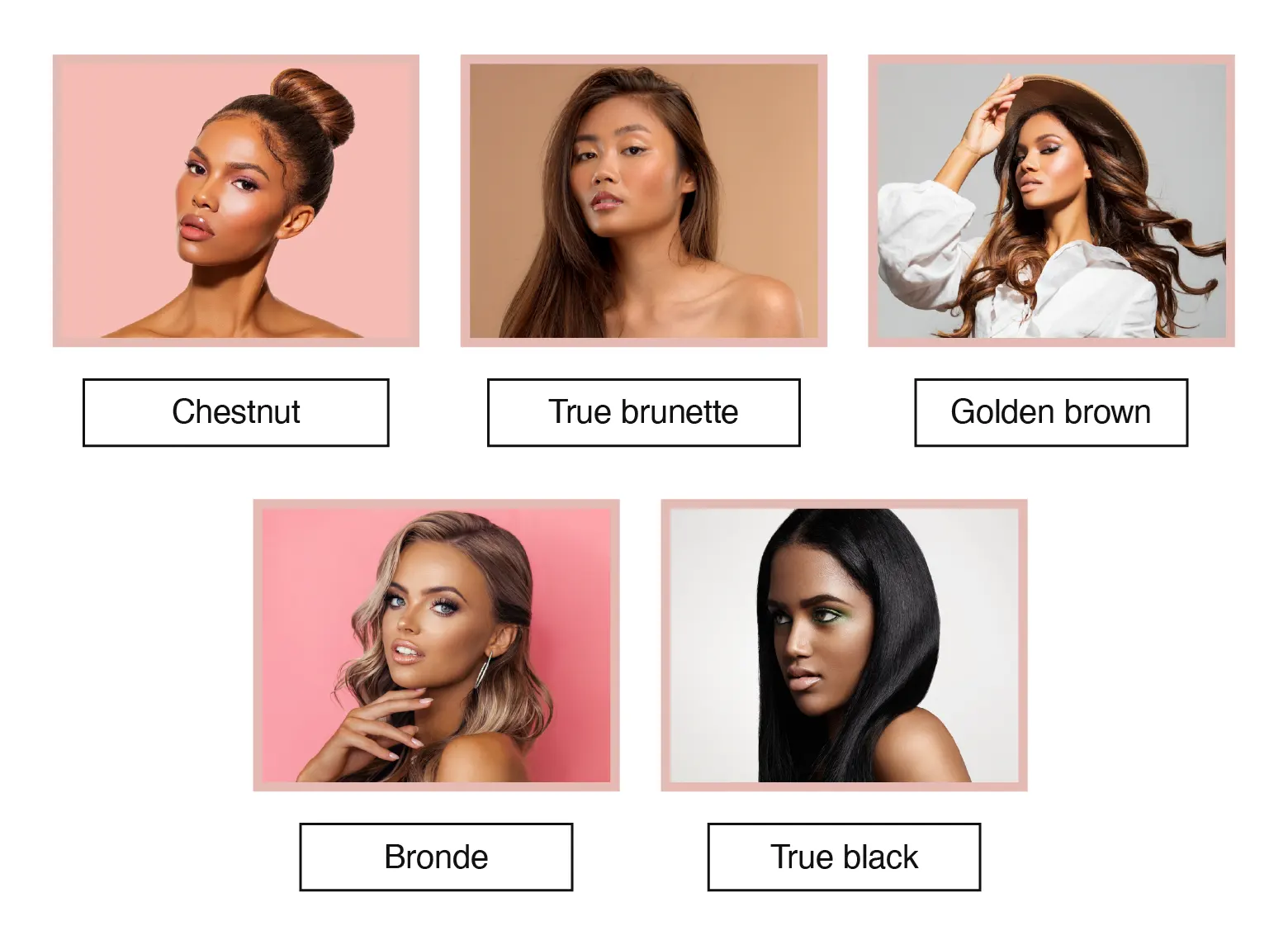
Dark skin + warm undertones
For warm dark skin, choose bold colors that’ll stand out against your deep complexion. Dark browns with hues of blonde and gold offer a sun-kissed natural look, but don’t be afraid to experiment with fierce colors like jewel-inspired green-blues and hot pinks.
If you’d like to really stand out without opting for a nontraditional color, blonde balayage or ombré styles can also make dark warm skin glow. The trick is to blend the roots and incorporate darker lowlights for a more natural look.
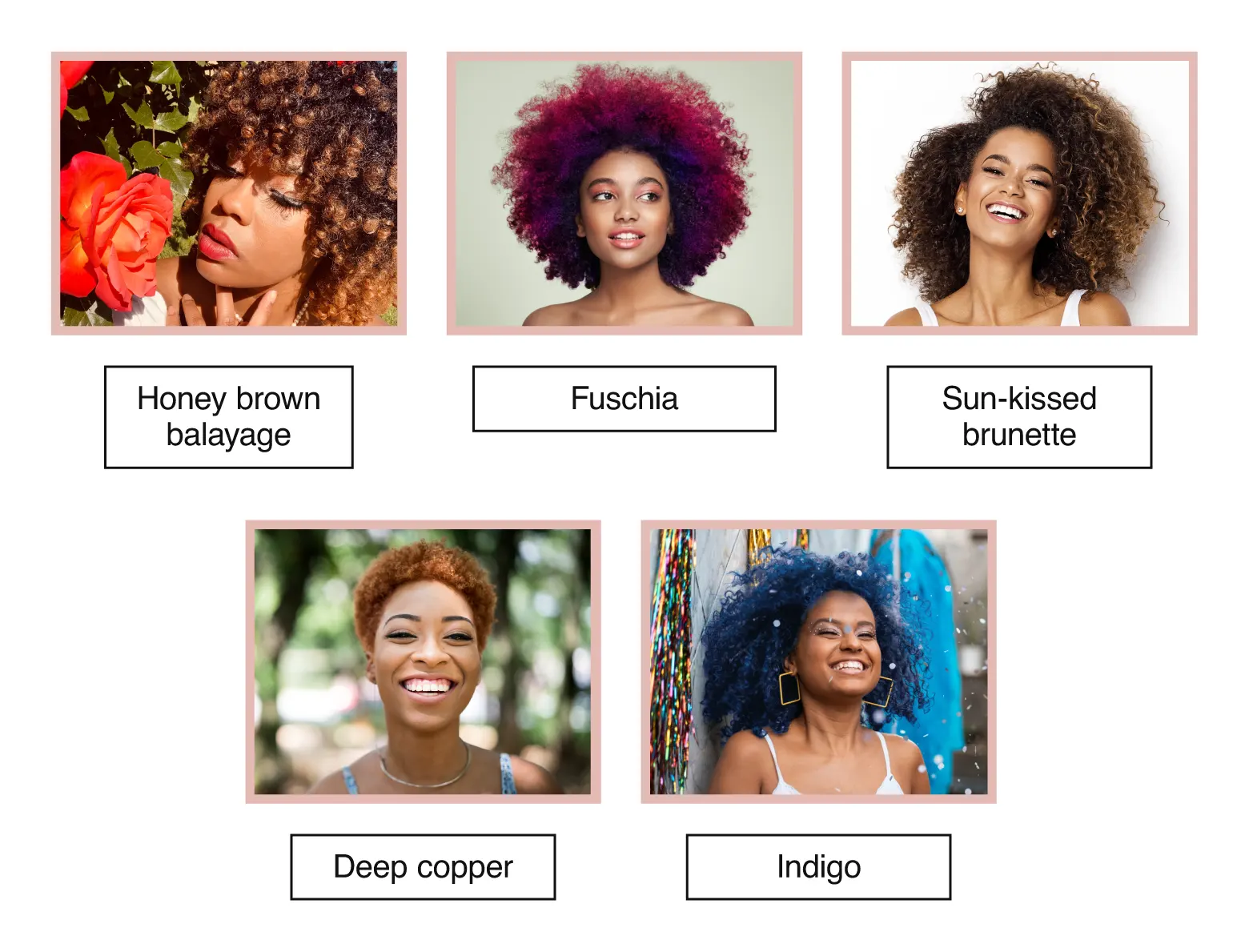
Finding the best hair color for your skin tone FAQs
In order to choose your hair color based on your skin tone, you must first identify your undertone — the subtle hue beneath the surface level of your skin. Whether you have cool, warm, or neutral undertones will determine which hair shades will complement your complexion and which colors are more likely to wash you out.
There are a few ways to figure out what skin undertones you have. We recommend starting by looking at the veins on the underside of your arm. If they’re more blue or purple, you’re cool-toned; if they’re green, you’re warm-toned. If the color is somewhere between blue and green, you’re most likely neutral-toned.
If you can’t see the veins on the underside of your arm, think about the way your skin reacts to the sun — cool tones burn easily, while warm tones tan. If you burn and tan, you’re neutral-toned.
The hair colors that look best with warm undertones will also have warm tones — think strawberry blonde, honey blonde, mahogany, or chestnut. These colors will accentuate the golden yellow hues in the skin, making warm tones look even more radiant and bright.
People with cool undertones will want to choose hair colors like ash blonde, true red, or taupe brunette to avoid clashing with warmer hues. Bright fantasy colors like pastel pink and lilac will also look amazing paired with cool skin tones.
When it comes to finding the best hair color for your skin tone, the key is to choose a hair dye that will set off your undertone. As a general rule of thumb, cool shades like ash and taupe pair well with cool undertones, while warm honey and chocolate brown look great with warm undertones. If you’re unsure which hair colors will suit your complexion, schedule an appointment with a hairstylist for a professional consultation.

